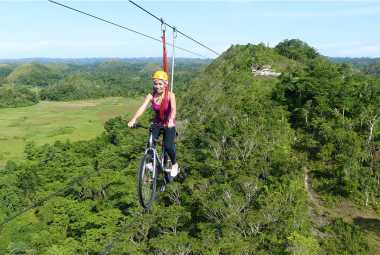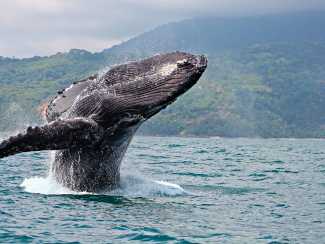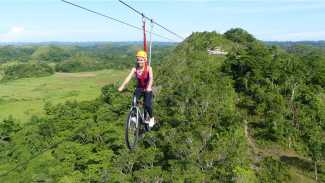Image by Shutterstock
*Vacation Mode is a for-profit site. It contains paid banner advertisements that are generated and managed by a third-party network. This site also includes relevant affiliate links (both in the content and on the sidebar) all of which we do our best to clearly mark as such.
Are you curious about the unique and diverse fauna that call Tasmania home? Look no further! In this article, we will delve into the fascinating world of Tasmanian wildlife, from iconic marsupials to lesser-known endemic species. Discover why preserving this natural treasure is crucial for the balance of our ecosystem.
What is Tasmania Fauna?
What is Tasmania Fauna? Tasmania fauna is a diverse range of animal species that are unique to the region. This includes mammals like the Tasmanian devil, Eastern quoll, and Tasmanian pademelon, as well as various bird species such as the green rosella and forty-spotted pardalote. The coastal location of the region also supports a variety of marine life, including the Tasmanian giant crab.
How The Tasmanian Devil Survives It's Ferocious Environment
Video by
What Animals Live in Tasmania?
Tasmania, an island state off the coast of Australia, is home to a unique and diverse array of animal species. From the iconic Tasmanian Devil to the elusive Tasmanian Tiger, this region is rich in wildlife. In this section, we will explore the various animals that inhabit Tasmania, from the well-known marsupials like the Wombat and Wallaby to the lesser-known creatures such as the Quoll and Bandicoot. Join us as we discover the fascinating fauna of Tasmania.
1. Tasmanian Devil
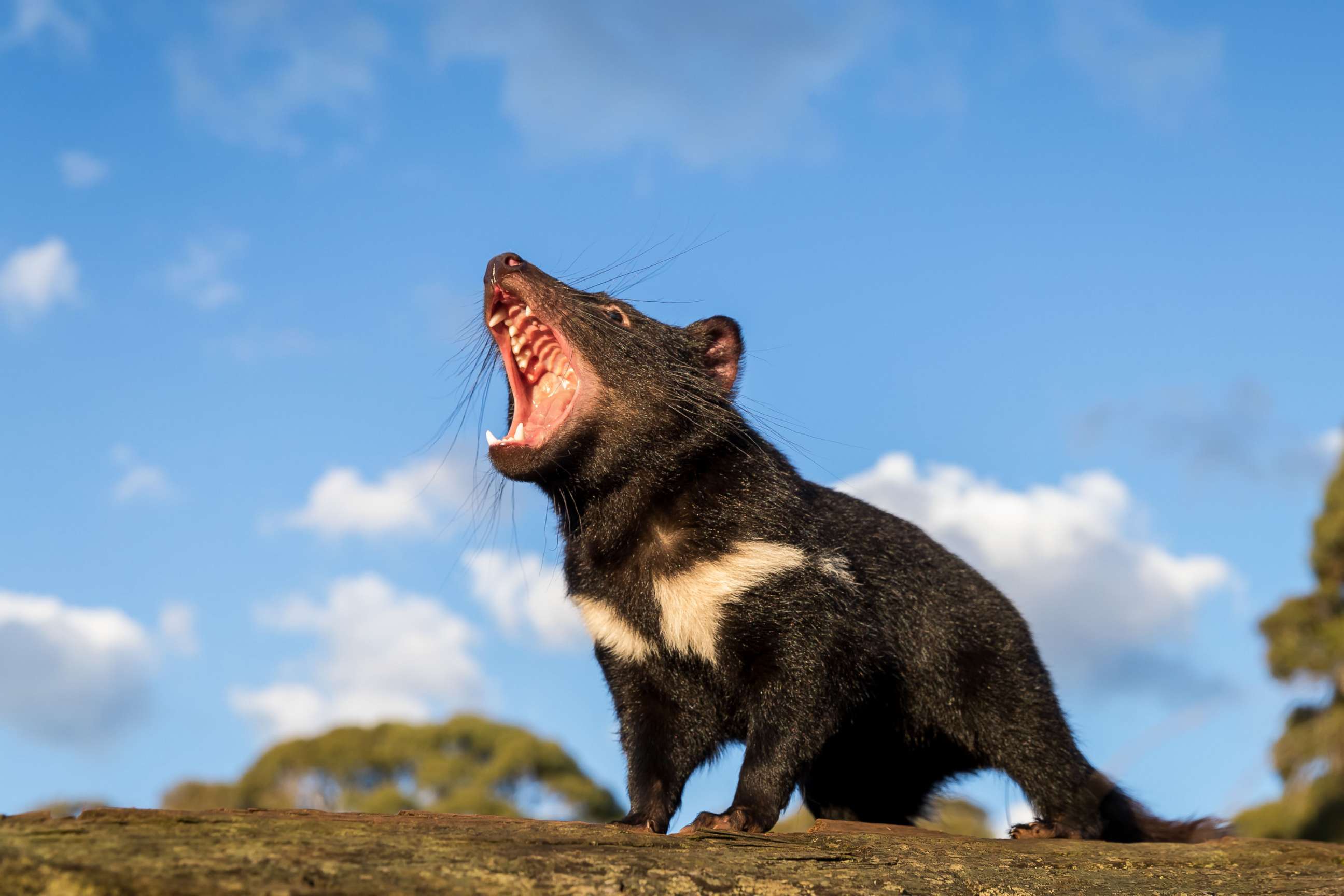
- Physical Characteristics: The Tasmanian devil is the largest carnivorous marsupial, known for its stocky build, black fur, and strong jaws.
- Habitat and Behavior: They reside in forests, scrublands, and agricultural areas, displaying nocturnal and solitary behaviors.
- Diet: Their diet primarily consists of small mammals, birds, and insects, making them crucial to the ecosystem.
- Conservation Status: Due to the spread of a contagious facial tumor disease, the Tasmanian devil is listed as endangered.
2. Wombat
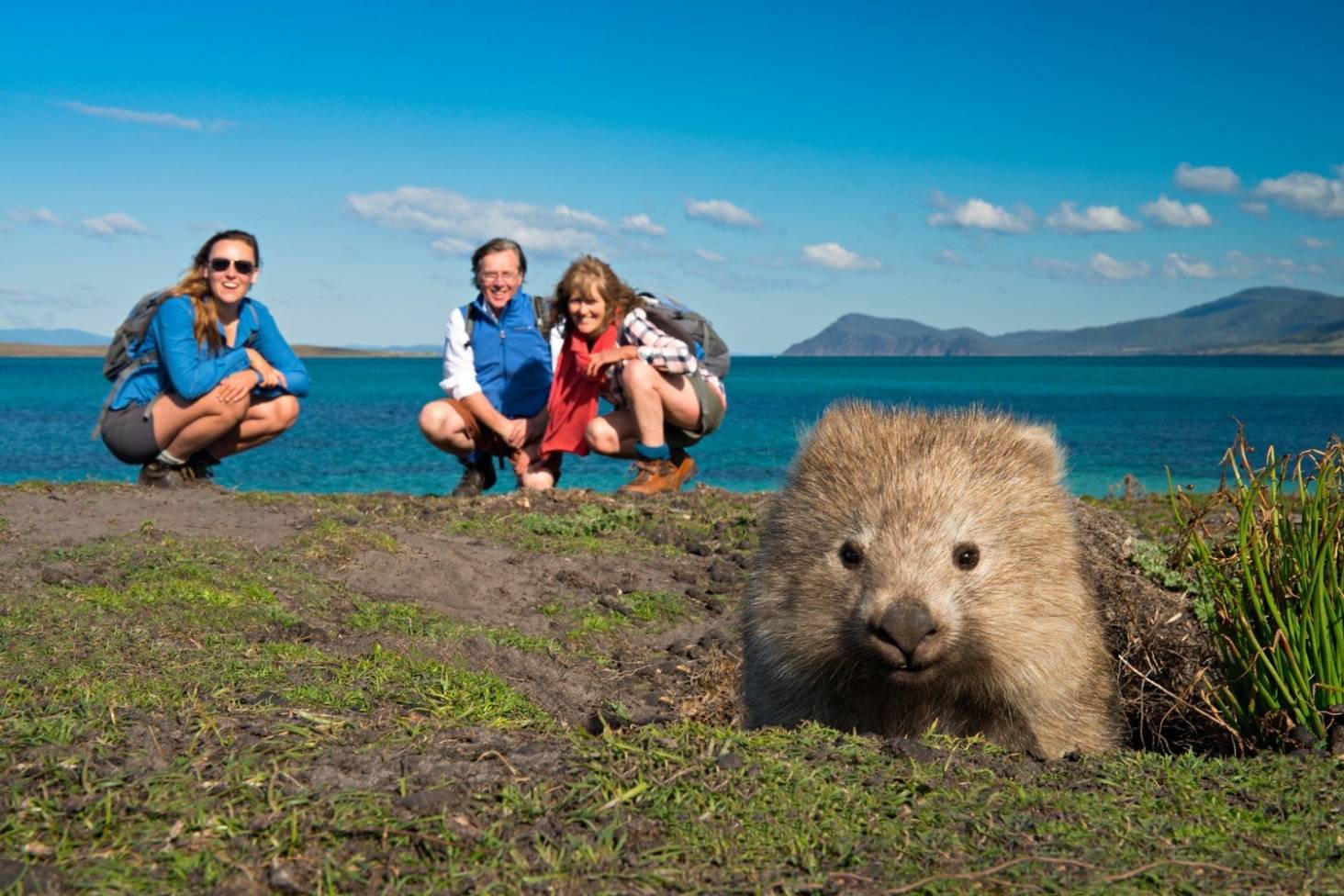
Wombats, known for their sturdy build and burrowing behavior, are marsupials native to Tasmania. These animals are crucial to the ecosystem, as they dig burrows that provide shelter for other animals during bushfires. Despite their slow appearance, wombats can reach speeds of up to 25 miles per hour when threatened.
3. Tasmanian Tiger
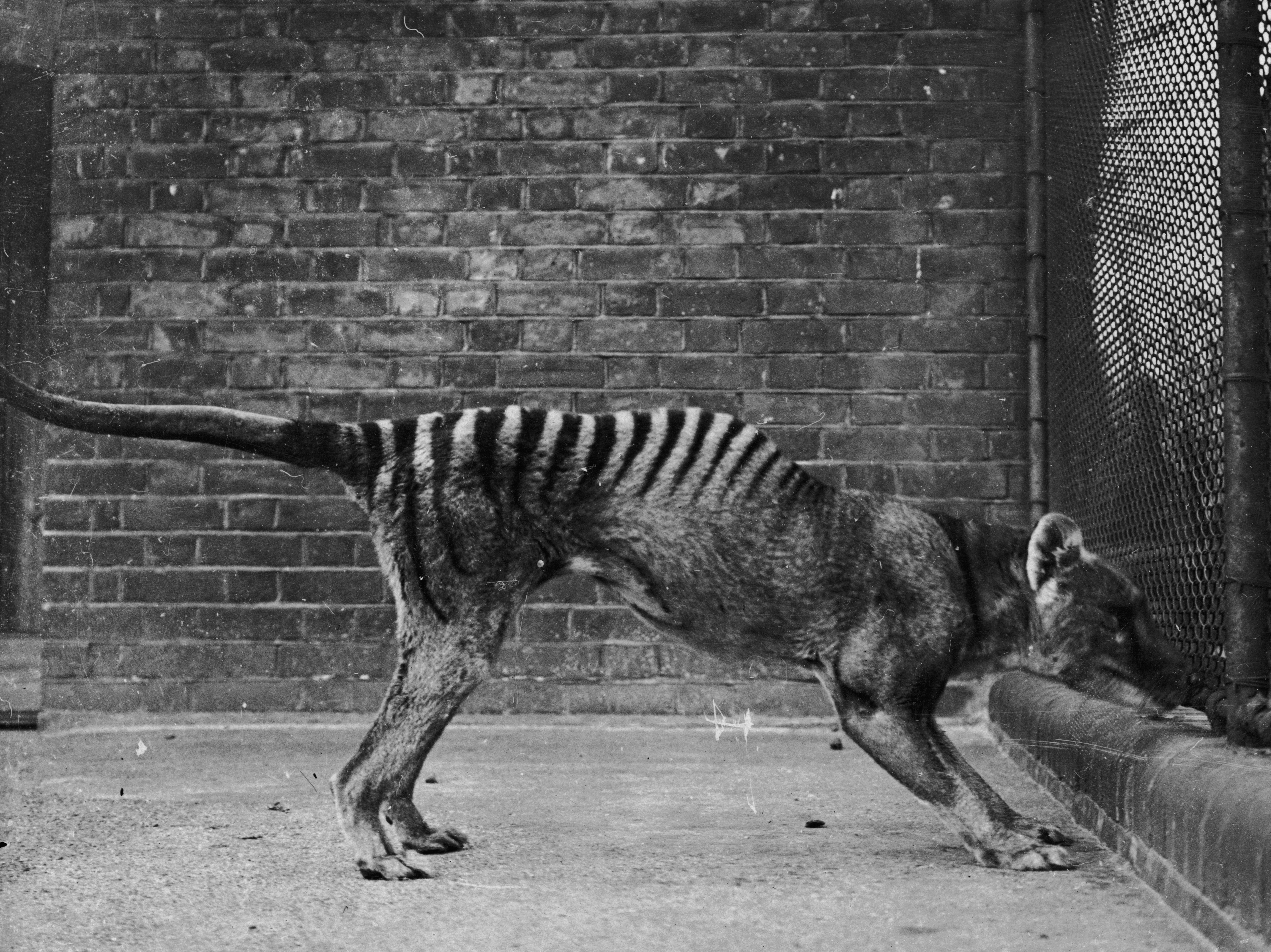
- Background: The Tasmanian tiger, also known as the thylacine, was the largest carnivorous marsupial in modern times.
- Habitat: They were once found throughout Tasmania but unfortunately became extinct due to hunting, habitat destruction, and competition with dingoes.
- Conservation Efforts: Despite being declared extinct, reported sightings have sparked ongoing searches. In addition, conservation groups are actively working to protect potential habitats and raise awareness about the plight of the Tasmanian tiger.
4. Quoll
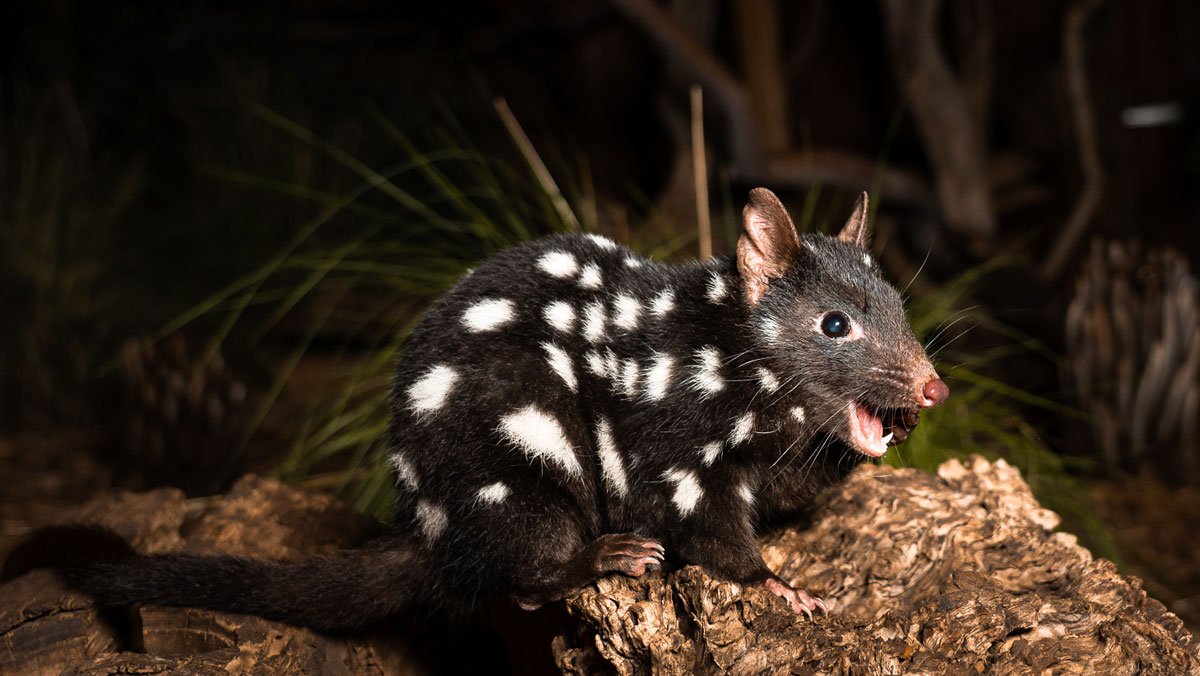
The quoll, a carnivorous marsupial, is native to Tasmania. This unique animal plays a crucial role in controlling pest populations and maintaining the balance of the ecosystem. With its distinctive spotted fur, the eastern quoll is a nocturnal hunter, feeding on insects, small mammals, and birds.
Pro-tip: When discussing the quoll, it is important to emphasize the preservation of its natural habitat to ensure the continued existence of this beneficial and one-of-a-kind species.
5. Platypus

The platypus is a semi-aquatic mammal native to eastern Australia, including Tasmania. They can be found in freshwater streams, rivers, and lakes, with a preference for areas with thick vegetation along the banks.
Platypuses are famous for their distinctive characteristics, such as a bill resembling that of a duck, webbed feet, and the ability to lay eggs.
Pro-tip: For a chance to see a platypus in its natural habitat, it is recommended to visit early in the morning or at dusk when they are most active near bodies of water.
6. Wallaby

- Habitat: Wallabies are found in diverse environments such as forests, grasslands, and deserts.
- Diet: They primarily feed on grass, plants, and leaves, contributing to the balance of their ecosystem.
- Reproduction: Female wallabies have a unique reproductive process known as embryonic diapause.
- Behavior: Wallabies exhibit social behavior, living in groups called mobs, and are often active at night.
- Conservation: Some wallaby species face threats due to habitat destruction, road accidents, and hunting.
7. Possum
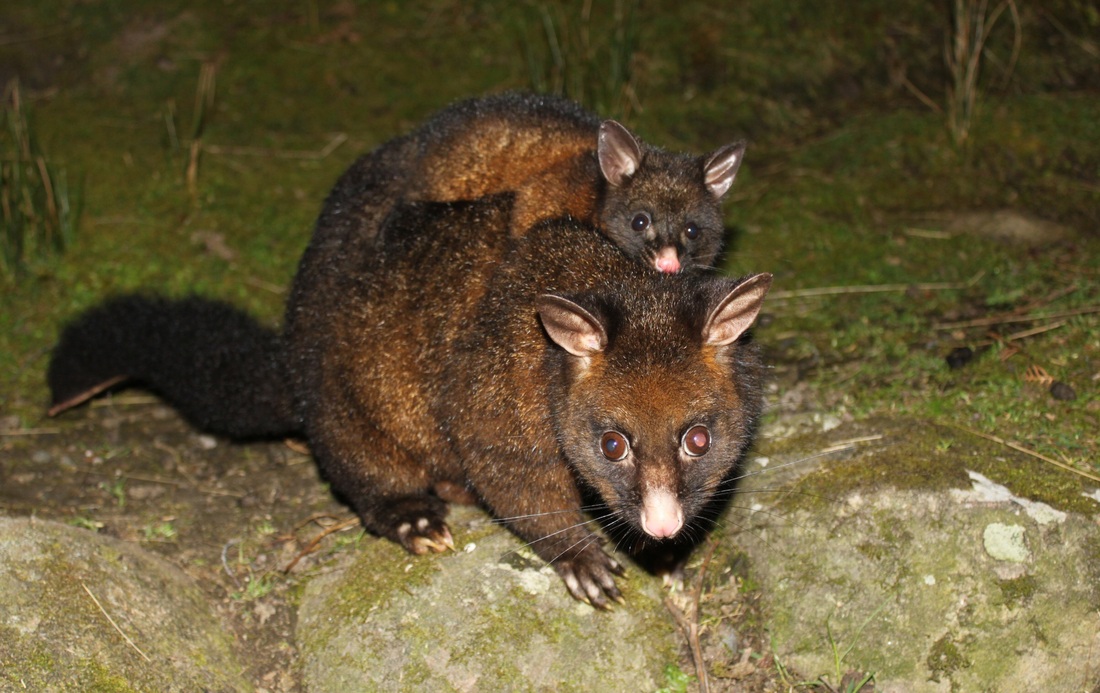
- Habitat: Possums are found in a variety of environments, from forests to urban areas.
- Diet: They are omnivores, consuming fruits, insects, and small animals.
- Behavior: Nocturnal by nature, possums are known for their climbing and gliding abilities.
- Reproduction: They breed once or twice a year, giving birth to small, underdeveloped young called joeys.
8. Bandicoot
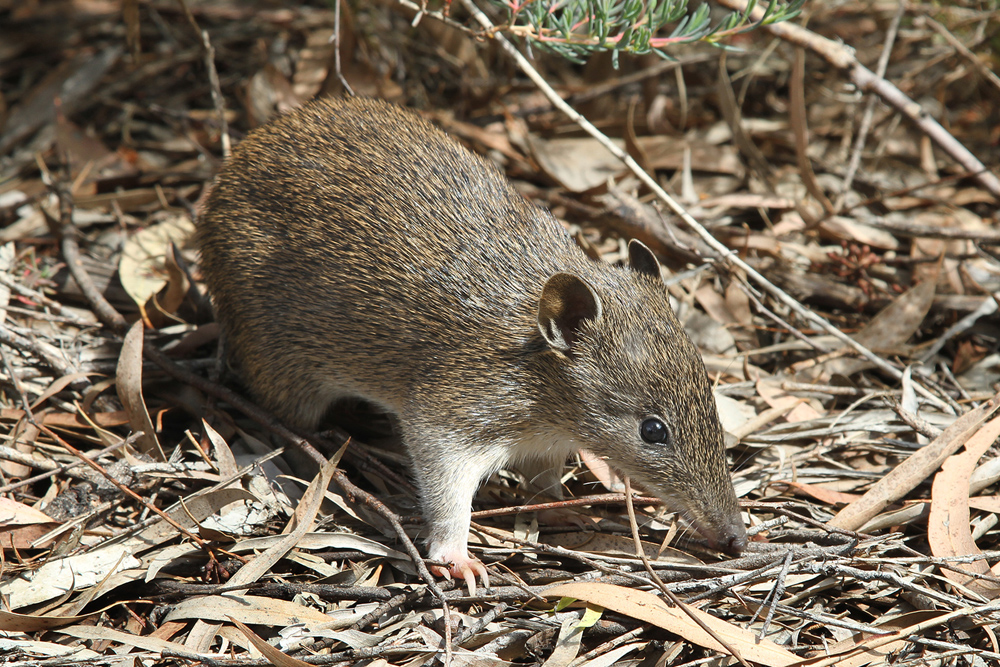
- Bandicoots are small marsupials native to Australia and Tasmania.
- They have pointed snouts, strong forelimbs, and are known for their digging habits.
- Bandicoots primarily eat insects, seeds, and roots.
- They are nocturnal and solitary creatures, preferring to live in grasslands, forests, and swamps.
- Conservation efforts involve protecting their habitats and controlling invasive species.
9. Echidna
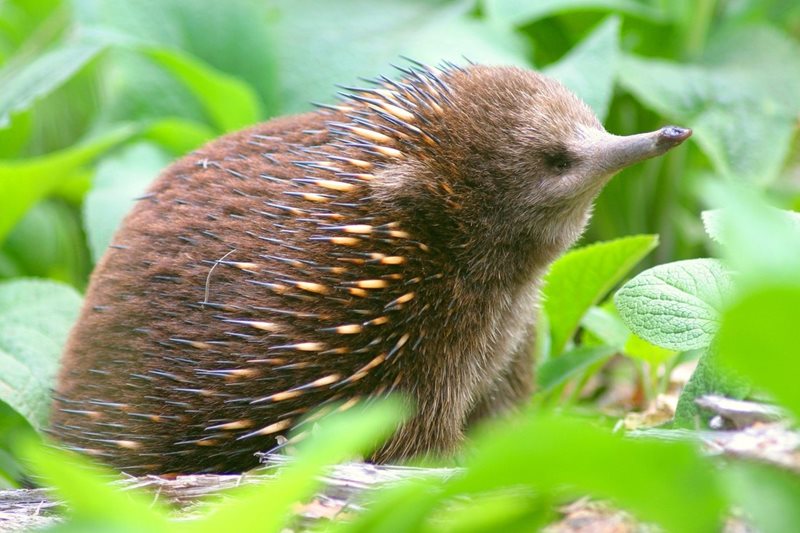
- Habitat: Echidnas inhabit forests, savannas, and deserts.
- Diet: They feed on ants, termites, and worms using their long, sticky tongue.
- Reproduction: Females lay eggs, and after 10 days, the eggs hatch, producing spiny young known as puggles.
10. Kangaroo
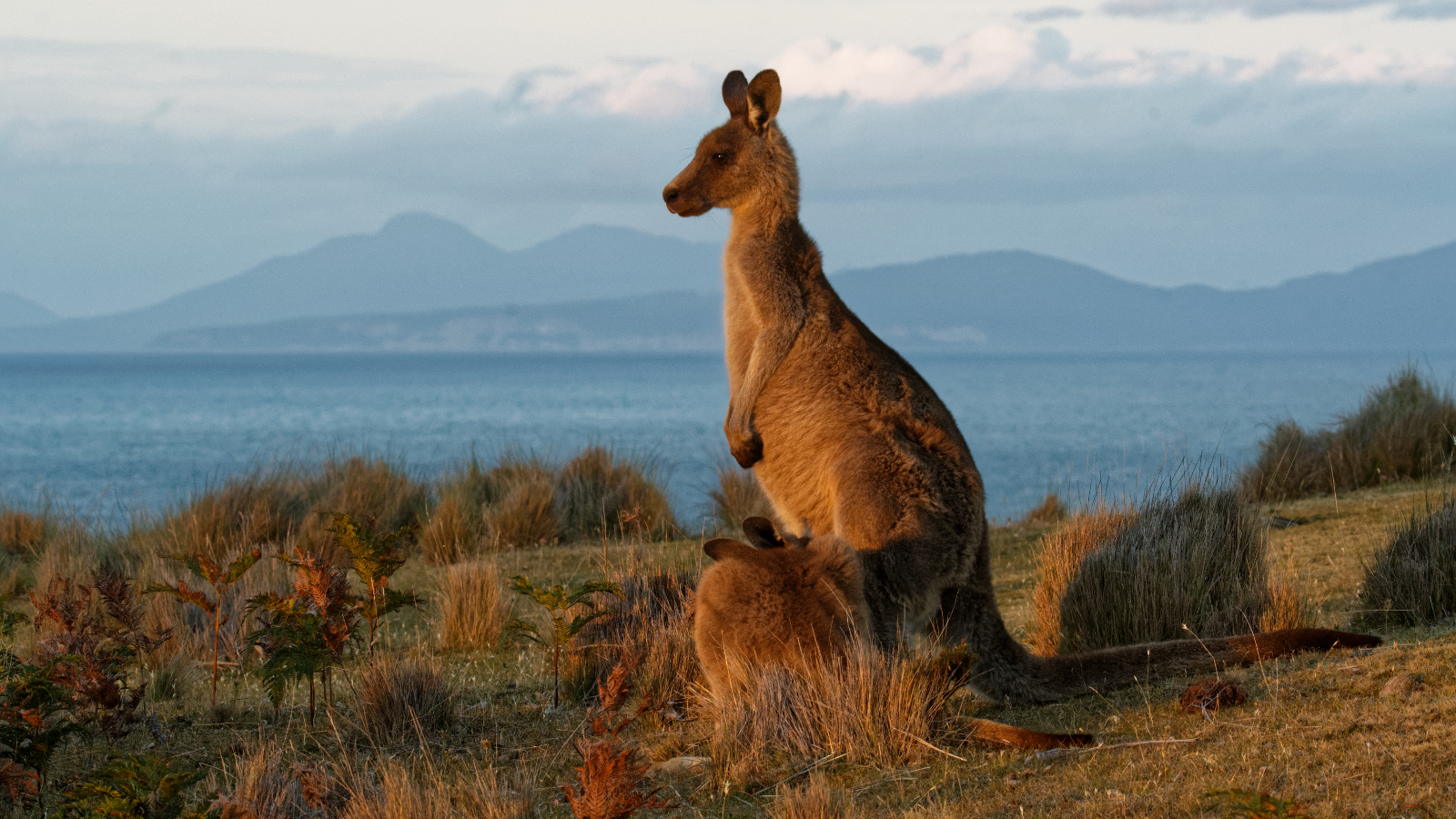
- 10. Kangaroo species: There are four main species of kangaroos in Tasmania, including the Eastern Grey Kangaroo, the Forester Kangaroo, the Tasmanian Pademelon, and the Agile Wallaby.
- Habitat and diet: Kangaroos inhabit various habitats, consuming grasses, leaves, and shrubs as their primary diet.
- Behavior: They are known for their powerful hind legs, hopping locomotion, and social structure, typically found in groups known as mobs or courts.
What is the Importance of Tasmania Fauna?
The Tasmanian fauna is a diverse and unique collection of animal species found on the island of Tasmania, Australia. This section will highlight the significance of this fauna, beyond its natural beauty. We will discuss the role it plays in maintaining biodiversity, its impact on ecotourism, and its cultural significance to the people of Tasmania. Through exploring these aspects, we can gain a deeper understanding of the importance of preserving and protecting Tasmania's fauna.
1. Biodiversity
- Protect habitats: Preserve diverse ecosystems to maintain a wide range of species and promote biodiversity.
- Monitor species: Continuously assess the population and distribution of animals to track and preserve biodiversity.
- Combat threats: Address habitat loss, climate change, and invasive species to safeguard the varied fauna and promote biodiversity.
- Legislation: Implement laws to protect endangered species and their habitats and promote biodiversity.
2. Ecotourism
- Research eco-friendly tour operators with a focus on wildlife conservation and ecotourism.
- Choose guided tours that prioritize minimal environmental impact and support the principles of ecotourism.
- Support local communities by purchasing goods and services responsibly and promoting sustainable tourism.
Pro-tip: Respect wildlife by observing from a distance and not disturbing their natural behavior.
3. Cultural Significance
The cultural significance of Tasmania's fauna can be seen in its portrayal in indigenous art, storytelling, and rituals. The animals, such as the Tasmanian devil and platypus, hold great spiritual and symbolic importance and are often featured in tales and traditions of the Aboriginal Tasmanians. Furthermore, Tasmania's distinctive fauna has become a cultural icon, drawing in tourists and researchers alike and playing a significant role in shaping the region's identity and heritage.
What Threats do Tasmania Fauna Face?
The unique wildlife of Tasmania faces a variety of threats that endanger their survival. In this section, we will delve into the three main categories of threats that Tasmania fauna must contend with: habitat loss, invasive species, and climate change. By understanding these dangers and their impact on the local fauna, we can gain a better understanding of the conservation efforts needed to protect these precious species. So, let's dive into the challenges faced by Tasmania's fauna and the urgent need for action to preserve their existence.
1. Habitat Loss
- Identify areas experiencing habitat loss, such as deforestation for agricultural expansion.
- Conduct surveys to determine the impact on specific species and ecosystems.
- Implement regulations to protect habitats and restrict destructive activities.
- Restore and reforest degraded areas to provide new habitats for wildlife.
- Educate local communities about sustainable land use and the importance of preserving natural habitats.
It's crucial to address the issue of habitat loss by promoting sustainable land use and implementing strict regulations to protect vulnerable ecosystems.
2. Invasive Species
Invasive species pose a significant threat to Tasmania's fauna, disrupting ecosystems and outcompeting native species. Feral cats and European wasps are examples of invasive species that have a detrimental impact on the island's wildlife.
Fact: The European wasp, a harmful invasive species in Tasmania, is known for its aggressive behavior and ability to disturb local ecosystems.
3. Climate Change
- Monitor wildlife populations to gain insight into the effects of climate change on various species.
- Implement conservation measures to safeguard vulnerable species from the negative consequences of climate change.
- Educate the public about the correlation between climate change and its influence on Tasmania's distinct fauna.
Fact: Climate change is causing changes in the distribution of wildlife species throughout Tasmania.
What Conservation Efforts are in Place for Tasmania Fauna?
Tasmania is home to a diverse range of unique and endangered animal species, making conservation efforts crucial for their survival. In this section, we will discuss the various measures in place to protect and preserve Tasmania's fauna. From the establishment of national parks and reserves to the implementation of captive breeding programs, we will explore the different strategies being utilized. Additionally, we will also delve into the role of education and awareness in promoting conservation efforts for Tasmania's fauna.
1. National Parks and Reserves
Explore renowned national parks like Freycinet National Park, home to diverse wildlife and stunning landscapes.
Visit Mount Field National Park to witness the iconic Tasmanian devils in their natural habitat.
Discover the unique flora and fauna of Cradle Mountain-Lake St Clair National Park, a UNESCO World Heritage site.
Did you know? Tasmania's national parks and reserves cover around 42% of the state's land area, providing vital protection for its diverse fauna and flora.
2. Captive Breeding Programs
- Species Selection: Identify species at risk and prioritize those with declining populations, such as the Tasmanian Devil and Eastern Quoll.
- Facility Design: Build suitable enclosures mimicking natural habitats, providing space for individual species to exhibit natural behaviors.
- Captive Breeding Programs: Implement carefully managed breeding to maintain genetic diversity and avoid inbreeding.
- Healthcare Management: Develop a comprehensive healthcare plan to ensure the well-being of captive animals, including regular check-ups and disease prevention.
- Release Planning: Prepare individuals for release into the wild through pre-release training and monitoring post-release adaptation.
3. Education and Awareness
- Engage local communities through workshops and seminars about Tasmania's unique fauna and promote education and awareness.
- Develop educational materials for schools and visitors to increase understanding and appreciation of the diverse wildlife.
- Collaborate with conservation organizations to raise awareness through social media campaigns and public events focused on education and awareness.
Pro-tip: Foster a sense of stewardship by encouraging individuals to share their wildlife encounters and support conservation initiatives that focus on education and awareness.
Frequently Asked Questions
What is Tasmania Fauna?
Tasmania fauna refers to the native animals that inhabit the island state of Tasmania, located in the southern part of Australia. These animals are unique to Tasmania and can be found in a variety of habitats, including rainforests, grasslands, and coastal areas.
What are some common examples of Tasmania Fauna?
Some common examples of Tasmania fauna include the Tasmanian devil, the Tasmanian tiger, the wombat, the wallaby, and the echidna. There are also many species of birds, reptiles, and insects that are native to Tasmania.
Why is Tasmania Fauna important?
Tasmania fauna plays an important role in the island's ecosystem. They help to maintain the balance of various plant and animal species, and also play a significant role in pollination and seed dispersal. They also contribute to the tourism industry in Tasmania, as many visitors come to the island to see these unique and diverse animals.
What are some threats to Tasmania Fauna?
Some of the major threats to Tasmania fauna include habitat loss due to urbanization and agriculture, invasive species, climate change, and disease. The introduction of non-native species can also have a negative impact on the native fauna of Tasmania.
Are there any conservation efforts in place for Tasmania Fauna?
Yes, there are various conservation efforts in place to protect Tasmania fauna. The Tasmanian government has established national parks and reserves to protect the natural habitats of these animals. There are also breeding programs and research initiatives aimed at conserving endangered species and their habitats.
Can I visit and see Tasmania Fauna?
Yes, there are many opportunities for visitors to see and interact with Tasmania fauna. There are wildlife sanctuaries, zoos, and guided tours available that allow visitors to observe these animals in their natural habitats. However, it is important to follow proper guidelines and regulations to ensure the safety and well-being of both the animals and visitors.



